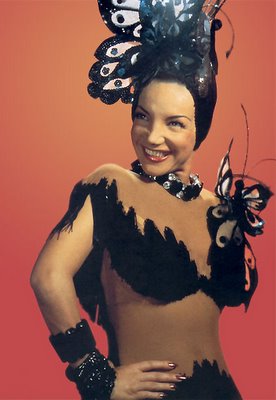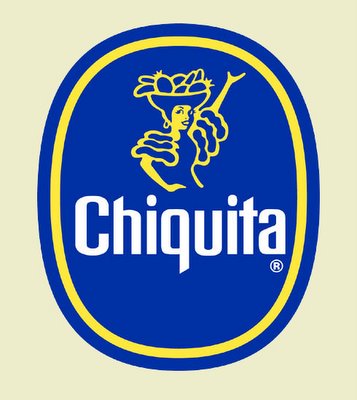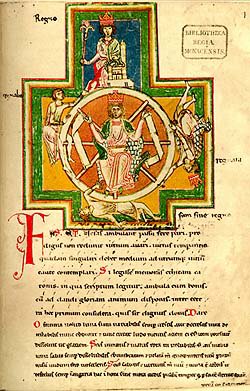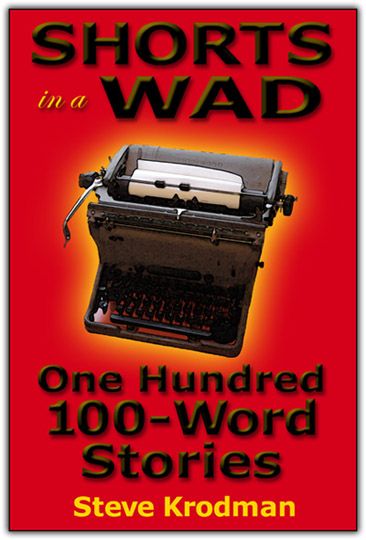Yes, they performed Ravel’s Bolero, that quintessential Fuck-Tune (thank you, Blake Edwards!) - but the main reason I had gone in search of ducats for the event was because the Bill-Topper was a performance of Carmina Burana.

© Estate of Carmen Miranda c/o CMG Worldwide.
No, Carmina Burana is not the Brazilian Bombshell who took Hollywood by storm in the 1940’s and early ’50’s. That would be Carmen Miranda.

© Chiquita Brands International.
No, it’s not the trademark of Chiquita Brands International. That would be Chiquita Banana...and I’ll bet you still remember that dopey Chiquita Banana jingle.
And, no, it’s not Carmen, the opera by Bizet. You will see no hot-blooded Gypsy cigarette-factory worker, no Don José, no Escamillo. No Toreador song, either:
Toreador,What we had gone to see was Carl Orff’s scenic cantata. Not quite ballet, not quite opera, Carmina Burana has characteristics of both. Orff composed the 25 movements of the piece for soprano, baritone, and tenor soloists, boy’s choir, choir, and orchestra. Damn, that’s a huge crowd, and we haven’t even got to the Dancing and Running Around Business yet!
Don’t spit on the floor.
Use-a da cuspidor.
That’s what it’s for.
 The basis for the work is a 13th-century collection of poems - the “Songs of Beuren” - discovered in the early 1800’s in a Benedictine monastery. Orff snarfed 25 of the 250 some-odd poems to create the libretto, which is in Latin with a sprinkling of Middle High German. Carmina Burana is a celebration of the ups and downs of Fortune; of drinking to excess; of lampooning the Church; of enjoying the Pleasures of the Flesh. It’s downright earthy. Not for nothing did Orff subtitle the piece “Cantiones Profanaes” - Profane Songs. No surprise that it’s a perfect companion piece for Bolero, Shtup-Music Extraordinaire.
The basis for the work is a 13th-century collection of poems - the “Songs of Beuren” - discovered in the early 1800’s in a Benedictine monastery. Orff snarfed 25 of the 250 some-odd poems to create the libretto, which is in Latin with a sprinkling of Middle High German. Carmina Burana is a celebration of the ups and downs of Fortune; of drinking to excess; of lampooning the Church; of enjoying the Pleasures of the Flesh. It’s downright earthy. Not for nothing did Orff subtitle the piece “Cantiones Profanaes” - Profane Songs. No surprise that it’s a perfect companion piece for Bolero, Shtup-Music Extraordinaire.Carmina Burana made its premiere in 1937. The Nazis were in power in Germany, and Orff’s magnum opus became, over time, the most successful piece of music produced under the Third Reich. At first, critics were unimpressed, but then word got around that the Powers that Be actually liked the piece. It presented - so they said - a picture of Primeval Aryan Life. Before there were even Jews to torment, it seems.
All has been forgiven by now, with Carmina Burana having been performed in Israel many times, first in 1966.
You’re familiar with Carmina Burana - parts of it, anyway - owing to the numerous times the opening movement, “O Fortuna,” has been used in the movies and in commercials. It has a sort of febrile, demonic feel to it, which may explain why you think (mistakenly) that it’s the music you hear in The Omen.
We enjoyed the show, although at least one movement was just outside the Envelope o’ Capability of the baritone soloist. Too much Bulgarian food, I suppose.
Strangely, however, I left the theatre thinking of - of all people! - Raffi, the beloved children’s entertainer. There’s a song, you see...
Ring ring ring ring ring ring ring
Burana phone
Ring ring ring ring ring ring ring
Burana phone
I’ve got this feeling
so appealing
for us to get together and sing - SING!
Ring ring ring ring ring ring ring
Burana phone
Ding dong ding dong ding dong ding
Durana phone
O Fortuna
velut luna
statu variabilis
semper crescis
aut decrescis;
vita detestabilis
nunc obdurat
et tunc curat
Ring ring ring ring ring ring ring
Burana phone
Ping pong ping pong ping pong ping
Purana phone
It’s no baloney
It ain’t a phony
My cellular
Buranular phone




















No comments:
Post a Comment